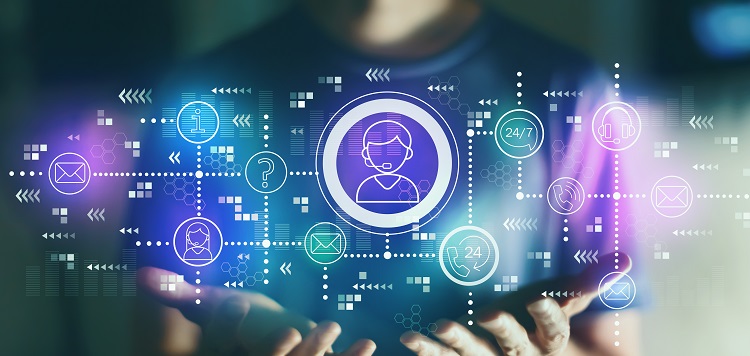The concept of customer experience (CX) has long been associated with B2C businesses that cater to individual customers. However, the rise of digital transformation and the changing preferences of B2B buyers have made it imperative for B2B companies to pay attention to CX as well. In this article, we will explore the unique challenges that B2B CX presents and the strategies that companies can employ to deliver an excellent customer experience in the B2B context.
Why B2B CX is Different
B2B CX poses unique challenges, mostly due to the more intricate decision-making processes used by many companies, which often involve multiple stakeholders, influencers, and approvers. This can lead to longer sales cycles and a more intricate and complicated buyer journey. Additionally, B2B transactions typically involve higher stakes, both financially and operationally, compared to B2C transactions, which sets high expectations for the level of customer experience required.
Considering each stage of the buyer’s journey is essential for addressing these unique challenges, and it requires a good B2B CX strategy. Companies must ensure that they deliver value at every touchpoint of the process, from awareness to post-sale support. This requires a deep understanding of the buyer’s journey and the ability to anticipate their needs and preferences at each stage.
Understanding Different Roles and Functions of Purchaser and User
Perhaps most importantly, the purchaser and user of the product or service are likely to be different individuals with distinct roles and functions, which require different messaging, sales strategies, and support options. This means that the company needs to address the needs and concerns of both stakeholders separately while understanding how the two intersect and interact with each other.
Managing Multiple Touchpoints and Non-Linear Customer Journeys
The complex nature of B2B interactions requires a system that can manage multiple touchpoints, stakeholders, and non-linear customer journeys that typically characterize a B2B engagement. Companies must ensure that they have a holistic view of all customer interactions and touchpoints, regardless of the channel, and that they can personalize the experience accordingly.
Self-Service Options for B2B Buyers
Today’s B2B buyers require self-service options. They are used to finding answers to their questions through digital channels and they expect the same when engaging with B2B companies. Customers must be able to engage in a way they prefer and choose between a live sales representative or self-serve through knowledge bases or automated bots to get the information they need. This means that companies need to invest in customer self-service technologies and train their sales staff to manage customer expectations proficiently in a self-service environment.
Personalized and Humanized Experiences for B2B Customers
B2B customers have more options than ever, and they now expect personalized, human experiences. Companies need to customize their sales pitch and service delivery to specific customers to ensure that they keep the focus on the customer rather than their own business priorities. The interaction with the customer should be natural and personalized, making them feel valued and important. This approach requires companies to build a culture of customer focus across all touchpoints and functions. Ensuring that every interaction with the customer is built on trust and empathy is essential.
Capturing Feedback During and After the Sale
Capturing feedback from stakeholders is an integral part of building a relationship with buyers and stakeholders. Companies need to use feedback platforms to understand what customers like and dislike about their products and services. They must use this feedback to drive product and service improvements, evolve their service delivery model, and ensure that they continue to provide the expected level of customer experience.
Friction-Free Experience as the Ultimate Goal
The ultimate goal for any organization is to create a friction-free experience, reducing customer effort whenever possible. This means that companies must make an effort towards seamlessly integrating their business and operational systems to ensure that repetitive and mundane tasks, such as data entry and paperwork, do not slow down customer interactions. By doing so, they can eliminate friction from the customer experience, making customer interactions as effortless and satisfying as possible, and enhancing overall customer satisfaction.
B2B CX presents unique challenges that require a comprehensive and strategic approach. By focusing on each stage of the buyer’s journey, understanding the different roles and functions of purchasers and users, managing multiple touchpoints, and personalizing customers’ experiences, B2B companies can create a customer-centric culture that drives customer loyalty and satisfaction. By creating a friction-free experience, these companies can ensure a seamless and satisfying customer journey that drives customer engagement and retention over the long term.

